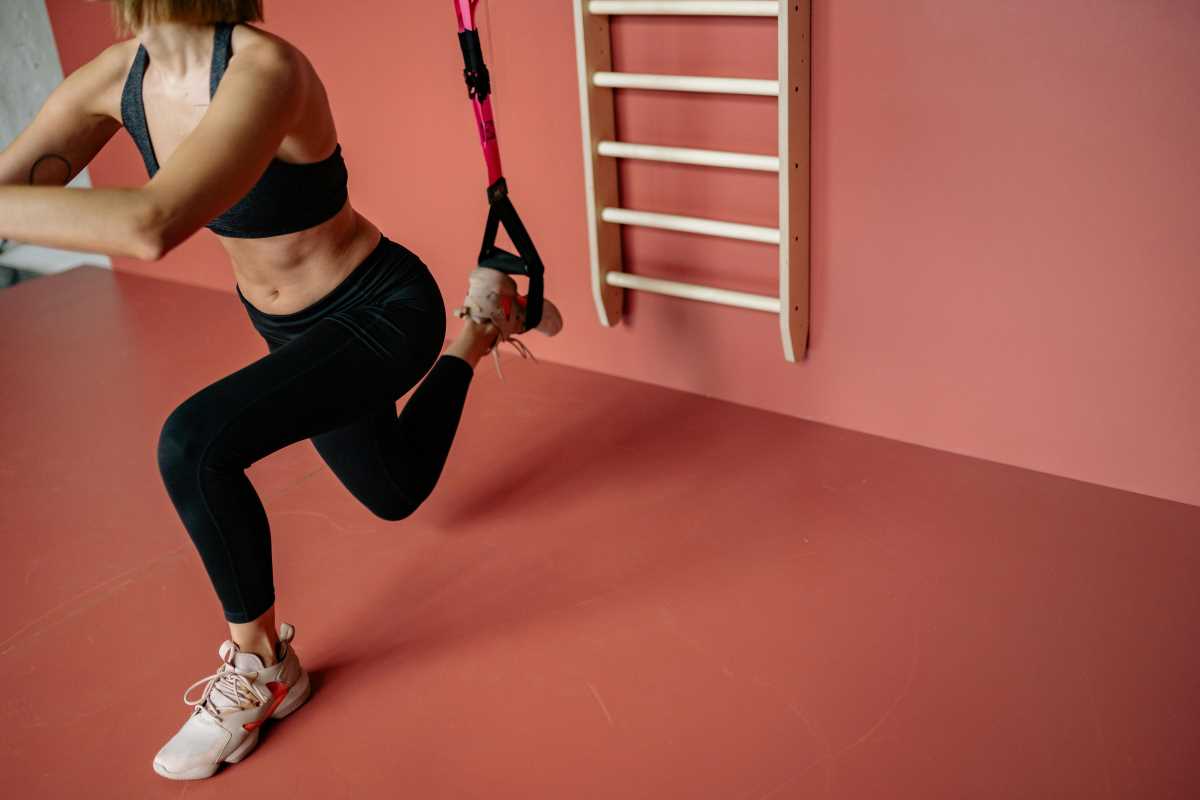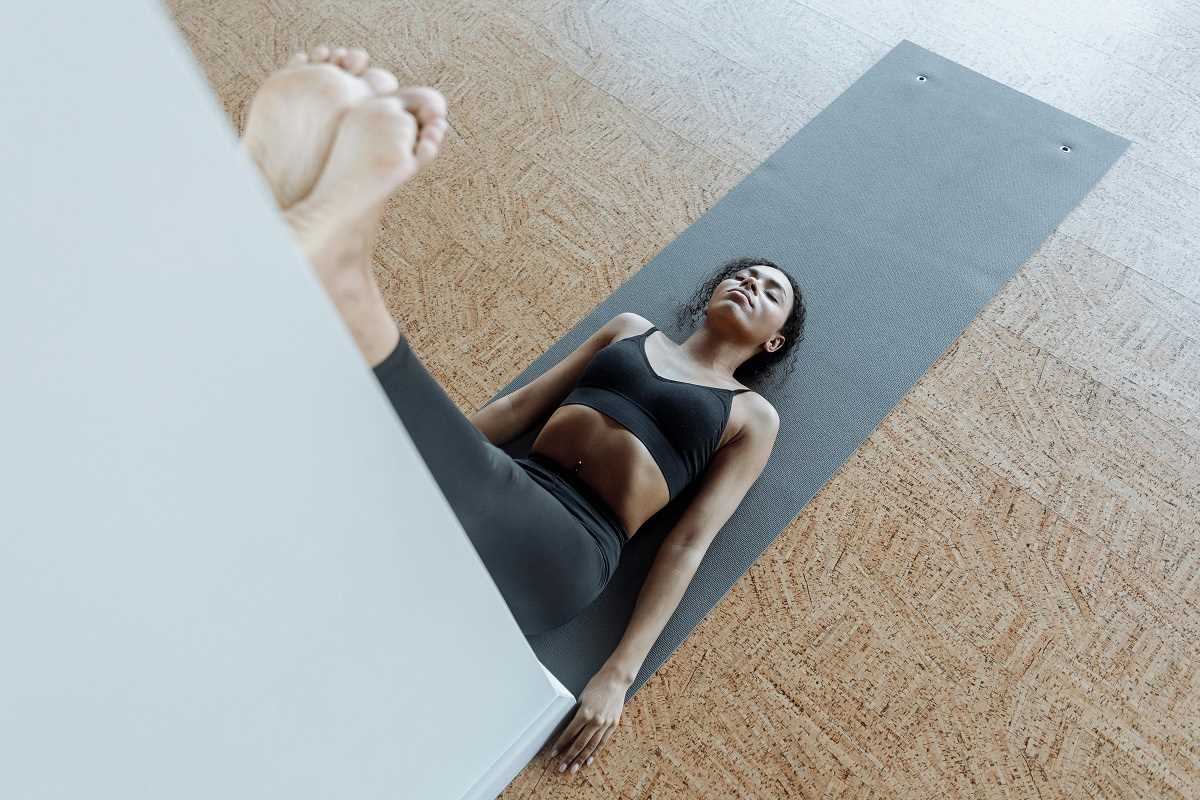Suspension training offers a fun and practical approach to building strength throughout your body. By using your own body weight, you can target different muscle groups and adjust the exercises to suit how you feel each day. This training style can boost your stability, sharpen your balance, and help you grow stronger—all without the need for bulky gym machines. Simple adjustments in your posture and the way you set up each move can make a big difference in your results. With equipment like the TRX system, you can easily tailor your routine and enjoy a challenging workout in almost any space.
Surprisingly, many people find that suspension training is versatile enough to work into their busy schedules. It lets you create a challenging routine that continuously improves both your endurance and functional strength. With a few simple tools and clear instructions, you can start reaping the benefits of this workout style right away.
What Is Suspension Training?
Suspension training involves a set of straps and handles that use your body weight and movement as resistance. It builds strength by engaging multiple muscles at once, which is great for improving balance and core stability. Adjust exercises for different difficulty levels and focus areas.
This method relies on your body’s natural movements instead of heavy equipment. The approach emphasizes functional movements that mimic everyday activities, which helps boost your confidence and coordination during regular tasks. Here are some key features and benefits:
- Builds core strength by engaging your abs, back, and hips.
- Improves stability and balance through dynamic movements.
- Develops flexibility by incorporating a variety of exercises.
- Offers scalable exercises suitable for beginners and advanced fitness enthusiasts alike.
- Minimizes injury risks when you execute exercises properly with attention to posture and control.
Essential Equipment and Setup
You do not need a full gym to start suspension training. You can set up your equipment at home, in a park, or even in a small space if you plan carefully. The main pieces of equipment include a suspension trainer and a secure anchor point. Investing in a sturdy trainer, like the ones from TRX and other reputable brands, prepares you for effective workouts.
Follow these steps to properly set up your space for suspension training:
- Select a secure anchor such as a strong beam, tree, or a door mount designed for suspension trainers.
- Attach your suspension trainer to the anchor, making sure all connections are tightened securely.
- Check the straps for any wear or damage before each session to prevent accidents.
- Clear the area around your workout station to allow full range of motion.
- Adjust the straps to the length required for each exercise, ensuring you can perform movements safely.
Core Suspension Training Exercises for Full-Body Strength
You can change your workout routine by incorporating a mix of upper body, lower body, and core exercises in suspension training. Exercises like the suspension push-up, row, and lunge help you build balanced strength across your entire body. The dynamic nature of these movements boosts muscle coordination while engaging multiple muscle groups at once.
Creating a solid routine involves alternating between exercises that target different muscle groups. For your upper body, focus on push-ups and rows. For your lower body, include exercises like single-leg squats and lunges while using the suspension straps to add resistance and balance challenges. Finish with core exercises such as planks and mountain climbers to keep your midsection strong and stable. Combining these movements creates a balanced workout that you can perform in circuits or with rest intervals to match your pace.
Programming Suspension Training into Your Routine
Adding suspension training into your weekly schedule helps build strength gradually. It works well if you combine it with other workout types like cardio or traditional weight training. Consistency is key, so setting aside regular time for your suspension exercises will lead to noticeable improvements in strength and stability.
Here are some practical tips and ideas to help you plan your sessions:
- Schedule workouts two to three times a week, alternating with rest days or lighter activities.
- Start each session with a warm-up to prepare your muscles and joints, reducing the risk of injury.
- Use each session to focus on different muscle groups—rotate between upper body, lower body, and core emphasis.
- Keep your sessions brief and intense; even 20–30 minutes can produce significant benefits when you do them consistently.
- Increase the difficulty gradually by adjusting the angle or length of the straps as your strength improves.
Common Mistakes and How to Avoid Them
Like any exercise routine, suspension training has potential pitfalls. The goal is to perform movements with correct form to prevent overuse injuries and maintain steady progress. Many people rush into workouts without paying enough attention to their technique, which can hinder long-term results.
Below are some common mistakes and tips to help you avoid setbacks:
- Always spend five to ten minutes warming up to prepare your muscles and joints.
- Focus on slow, controlled movements instead of rushing through exercises.
- Do not push yourself into positions that compromise stability. Keep your body aligned during each exercise.
- Include core exercises early on. Strengthening your midsection supports other movements.
- Adjust the trainer settings so that each exercise feels challenging but manageable.
Suspension training offers an exciting way to diversify your workouts without relying on endless equipment. It emphasizes full-body engagement with minimal setup and provides modifications for various fitness levels. Adding these exercises to your routine can lead to impressive improvements in strength and everyday mobility.
Prioritize safety as you challenge yourself and make steady progress.
 (Image via
(Image via





